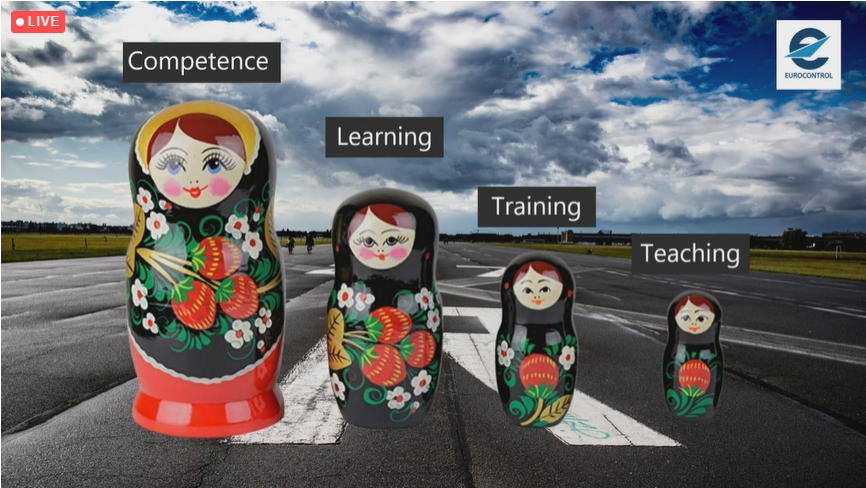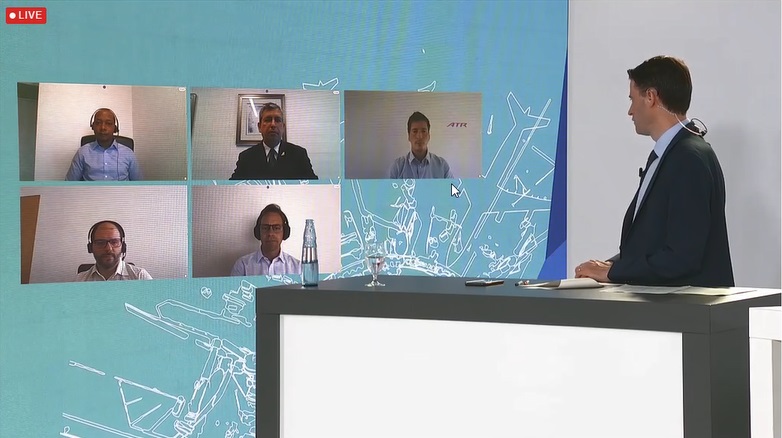08-10 June 2021 – EASA organized a great three-day online conference “EASA Safe 360” touching main topics in Aviation Safety to an online audience. We bring to you a brief summary of all 3 days.
The Safety in Aviation Forum for Europe (SAFE) 360° is an innovative conference which strives to break down silos by examining key safety issues through a cross-domain perspective in an interactive environment.
The conference consisted of panels, workshops and breakout sessions with specific topics.
During Day 1 on 08 June 2021, the conference consisted of three panels with New Safety Landscape panel talking about emerging COVID-19 new risks and discussed about the pre-crisis aviation systemic risks which are still present while data from new “normal” with COVID-19 risks has been limited. EASA also explained its Data4Safety programme. Data4Safety(D4S) is the European data analysis and sharing programme launched in 2017 by EASA to collect and share the most valuable sources of aviation data in a highly protected environment in which, aviation partners can join forces with data scientists to infer knowledge and produce actionable safety intelligence for Europe. This is achieved by leveraging cutting-edge big-data technologies and digital solutions.
Wrapping up first day was completed by a panel about Integrated Risk Management where the panelists talked about combining safety and security domains. In aviation safety we are mostly trying to manage unintended actions from within the system while in security the risks mostly come as deliberate attacks from people outside trying to cause harm. Safety and security are clearly linked and both contribute to safe operations. If we do not develop concept of “Integrated Risk Management” to manage aviation risks in a holistic manner we are missing a major opportunity to strength our approach to safety.
Day 2 of the conference, brought the aspect of trainings into focus. With panelists ranging from FAA, Cargolux and Emirates, the topic of Training effectiveness and competence brought some interesting discussions and presentations. One of our favorite presentations was with Russian dolls where Mrs Svetlana Bunjevac from EUROCONTROL explained that teaching and training cannot compete with learning from experience and that competence comes from vast of experience while learning from those experiences. The industry needs to improve the teaching methods, planning and delivery of training at all levels especially post COVID-19 period where most of in class training moved online.

Russian dolls competence
Next panel was Approach path management that involves all the aspects of the approach phase ensuring the delivery of a safe landing of the aircraft on the runway.
The flight crew have to simultaneously manage the energy of the aircraft, the impact of the weather conditions and decisions regarding go-arounds, the proper Instrument Landing Signal (ILS) capture as well as the ATC vectoring while also communicating effectively with ATC and each other.
Day 2 was wrapped up with the panel Turnaround Safety which explained the process of aircraft turn around as quickly as possible which is something that airlines are striving for. To do this in a safe manner, the turnaround process needs to be managed properly, taking into account the safety of the ground staff servicing the aircraft, the on-board crew, the passengers and other involved partners.
Day 3 was the longest of the conference and included many workshops. First one was Entry of Aircraft Performance Data where the speakers talked about the Flight Management System (FMS), a system which sets the take-off or landing performance parameters of the aircraft, and the potential consequences of incorrect data. Prevention strategies may include technological solutions such as Take-Off Performance Monitoring Systems (TOPMS), FDM performance monitoring, and the provision of performance data by operators to crews, etc. These strategies should be feasible and aim to deliver realistic improvements.

Workshop 3: Monitoring of the COVID-19 Safety Issues with FDM
Next was the workshop Safe Use of Airspace which touched the topic of airspaces and collision avoidance. It is important to address the precursor events, such as airspace infringement and VFR/IFR deconfliction, to prevent them from developing into an actual airborne collision.
The following workshop, third workshop, Monitoring of the Covid-19 Safety Issues with FDM addressed some interesting issues such as that FDM was most affected by changing the type of operations during COVID-19 as passenger airlines switched to being cargo or flying ad-hoc.
The conference finished with last two breakout sessions. First one was about FDM Best Practices and the other, final, was about Occurrence Reporting.
We would like to thank EASA for their effort in organizing such quality and large online event which was available for all aviation colleagues worldwide. We are looking forward for next year’s conference which could be, hopefully, on-site as well as online.







